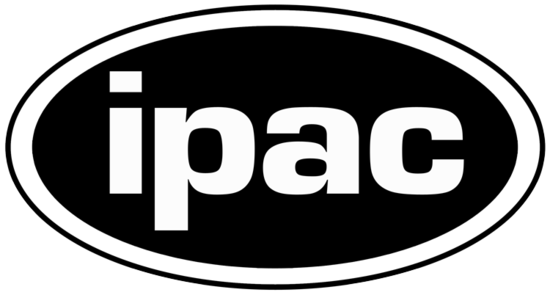Cosmic Keyhole

esahubble_potw2243a October 24th, 2022
Credit: ESA/Hubble & NASA, ESO, K. Noll
This peculiar portrait from the NASA/ESA Hubble Space Telescope showcases NGC 1999, a reflection nebula in the constellation Orion. NGC 1999 is around 1350 light-years from Earth and lies near to the Orion Nebula, the closest region of massive star formation to Earth. NGC 1999 itself is a relic of recent star formation — it is composed of detritus left over from the formation of a newborn star. Just like fog curling around a street lamp, reflection nebulae like NGC 1999 only shine because of the light from an embedded source. In the case of NGC 1999, this source is the aforementioned newborn star V380 Orionis which is visible at the centre of this image. The most notable aspect of NGC 1999’s appearance, however, is the conspicuous hole in its centre, which resembles an inky-black keyhole of cosmic proportions. This image was created from archival Wide Field Planetary Camera 2 observations that date from shortly after Servicing Mission 3A in 1999. At the time, astronomers believed that the dark patch in NGC 1999 was something called a Bok globule — a dense, cold cloud of gas, molecules, and cosmic dust that blots out background light. However, follow-up observations using a collection of telescopes including ESA’s Herschel Space Observatory revealed that the dark patch is actually an empty region of space. The origin of this unexplained rift in the heart of NGC 1999 remains unknown. Links Video of Cosmic Keyhole
Provider: Hubble Space Telescope | ESA
Image Source: https://esahubble.org/images/potw2243a/
Curator: ESA/Hubble, Baltimore, MD, United States
Image Use Policy: Creative Commons Attribution 4.0 International License

- ID
- potw2243a
- Subject Category
- Subject Name
- NGC 1999
- Credits
- ESA/Hubble & NASA, ESO, K. Noll
- Release Date
- 2022-10-24T06:00:00
- Lightyears
- Redshift
- Reference Url
- https://esahubble.org/images/potw2243a/
- Type
- Observation
- Image Quality
- Distance Notes
- Facility
- VLT Survey Telescope, VLT Survey Telescope, VLT Survey Telescope, Hubble Space Telescope, Hubble Space Telescope, Hubble Space Telescope
- Instrument
- OmegaCAM, OmegaCAM, OmegaCAM, WFPC2, WFPC2, WFPC2
- Color Assignment
- Blue, Green, Red, Red, Green, Blue
- Band
- Optical, Optical, Optical, Optical, Optical, Optical
- Bandpass
- u, g, H-alpha, r, v, b
- Central Wavelength
- 350, 480, 659, 675, 555, 450
- Start Time
- Integration Time
- Dataset ID
- None, None, None, None, None, None
- Notes
- Coordinate Frame
- ICRS
- Equinox
- J2000
- Reference Value
- 84.10312738916211, -6.714626064564699
- Reference Dimension
- 1665.0, 1780.0
- Reference Pixel
- 832.5, 890.0
- Scale
- -2.7805106816248367e-05, 2.7805106816248367e-05
- Rotation
- -24.759999999999938
- Coordinate System Projection:
- TAN
- Quality
- Full
- FITS Header
- Notes
- Creator (Curator)
- ESA/Hubble
- URL
- https://esahubble.org
- Name
- Telephone
- Address
- ESA Office, Space Telescope Science Institute, 3700 San Martin Dr
- City
- Baltimore
- State/Province
- MD
- Postal Code
- 21218
- Country
- United States
- Rights
- Creative Commons Attribution 4.0 International License
- Publisher
- ESA/Hubble
- Publisher ID
- esahubble
- Resource ID
- potw2243a
- Resource URL
- http://esahubble.org/media/archives/images/original/potw2243a.tif
- Related Resources
- Metadata Date
- 2022-10-21T16:27:21+02:00
- Metadata Version
- 1.1
Detailed color mapping information coming soon...













